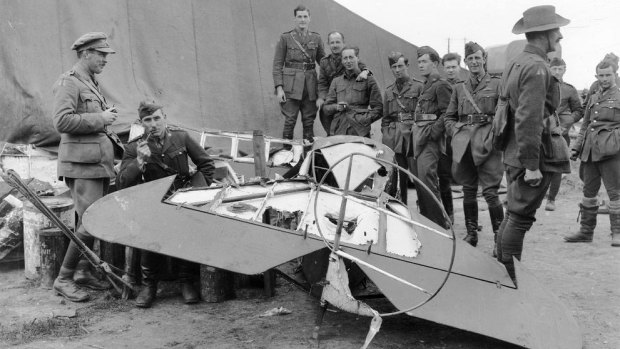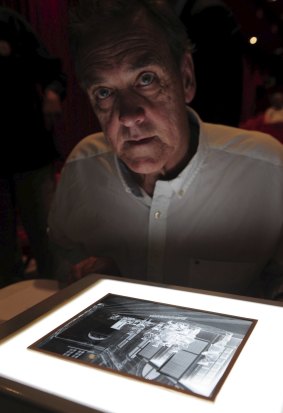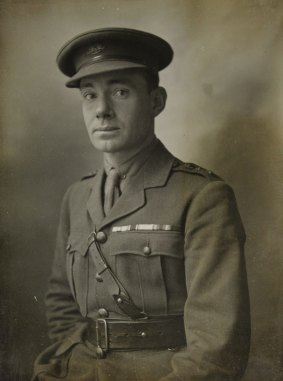- National
- ACT
This was published 8 years ago
Wilkins the unseen Anzac who shot the Red Baron's fall to earth
By David Ellery
While the debate over who felled the Red Baron may never be settled to everybody's satisfaction, the Australian War Memorial is now confident it knows who shot Baron Manfred Von Richthofen's plane when it fell to earth in France on April 22, 1918.
After almost a century of being credited as the work of an "unknown Australian official photographer" the picture is now believed to have been taken by George Hubert Wilkins, a larger than life figure who also achieved fame as a polar explorer and pioneering aviator.

This iconic image of the Red Baron's crashed Fokker triplane, taken on April 22, 1918, is now believed to be the work of Australian war photographer, George Hubert Wilkins.Credit: Australian War Memorial
Author Jeff Maynard, who has spent years researching Wilkins' life, calls the photographer "the unseen Anzac" for his ability to disappear from history despite having documented so much of it.
Wilkins, who ran away to join a travelling picture show when he was just a boy and spent three years stranded in the Arctic with Vihjalmur Stefansson's expedition during the early years of World War I, went on to become the first person to fly in Antarctica in 1928 and to try to reach the North Pole by submarine in 1931.

Author Jeffrey Maynard gave a presentation on the lost records of World War I photographer George Hubert Wilkins.Credit: Graham Tidy
His vessel, an ex-US navy submarine rechristened "Nautilus" in an apparent homage to Captain Nemo's ride, broke down and the expedition was abandoned .
Before all of this Wilkins had spent the last eight months of World War I working with official historian Charles Bean on the Western Front as a photographer.
Mr Maynard, whose biography, appropriately called The Unseen Anzac, is based on materials which ended up in America where the adventurer spent the latter part of his life, said some of Wilkins' work had been wrongly attributed to Frank Hurley. Other iconic images, such as the Baron von Richthofen picture, were never attributed to an individual at all.
When Wilkins' hand annotated copy of The Photographic Record of the War, a book that had been sent to him by Bean in the early 1920s, fell into Mr Maynard's hands a few years ago much that was previously confused became clear.

Photographer George Hubert Wilkins.
Wilkins had gone through the book and initialled each of the images, including the von Richthofen picture, a famous shot of King George V knighting General Sir John Monash on August 12, 1918, and a picture of the crew of the HMAS Australia dated December 1918, taken by him.
Mr Maynard, who spoke about Wilkins and his own experiences researching the biography at the AWM on Thursday, has presented the annotated copy of the Photographic Record, which is Volume 12 of the official war history, to the memorial.
The picture is not the AWM's only Red Baron connection. Several pieces of the wreck, including a piece of fabric with the balkenkreuz [straight sided cross] insignia on it, were souvenired by Australian Diggers and later made their way into the collection.